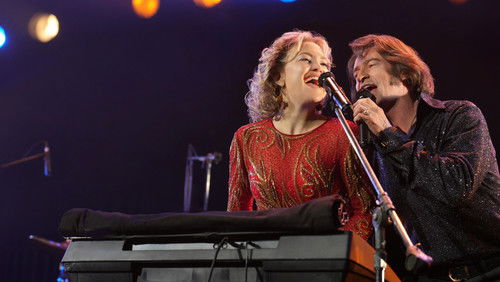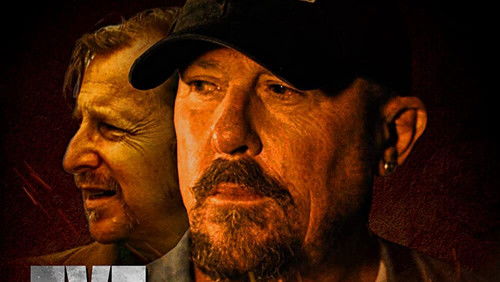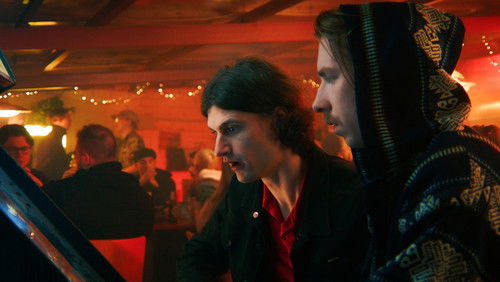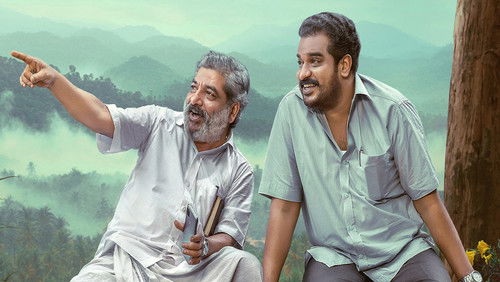Kes (1969)
8KKes: Directed by Ken Loach. With David Bradley, Freddie Fletcher, Lynne Perrie, Colin Welland. A working-class English boy spends his free time caring for and training his pet kestrel.
“Although Kes was not Loachu0026#39;s first film (he had made u0026quot;Cathy come homeu0026quot; for television and u0026quot;Poor Cowu0026quot;) it is probably his best both artistically and historically. Historically, the film is an important one, because itu0026#39;s the first one that gives an accurate description of a working-class environment. There had been several social realist movies made before it, such as Karel Reiszu0026#39;s u0026quot;Saturday Night and Sunday Morningu0026quot; or Tony Richardsonu0026#39;s u0026quot;Billy Liaru0026quot;, but Kes set a whole new agenda. Esthetically, Loach went a lot further than those before him, filming his characters in a quasi-documentary way. Also, the actors were, for a great part, non-professionals, which lent a further u0026quot;realisticu0026quot; touch to the film. For the first time, strong regional accents (Yorkshire) were allowed to flow freely. Finally, the story itself is extremely compelling. Without being at all demonstrative or heavy, the film is the most powerful indictment of the british class system that has ever been recorded on film.u003cbr/u003eu003cbr/u003eBilly Casper, the hero, is shown to have absolutely no chance of escaping his harsh milieu. At home, his half-brother bullies him and he finds no comfort from his mother. At school the behaviour of teachers, career-councillors and headmasters ranges from violent to merely condescending. Itu0026#39;s this anti-institutional side to the film that makes it so powerful. Billy basically knows that heu0026#39;ll probably end up down the mine and he knows that school isnu0026#39;t there for his pleasure or his fulfillment but to tell him what to do. So, unable to express himself at home or at school, Billy develops a passion for hawks and devotes great time and effort to the taming of a kestrel. This passion comes to symbolise both the boyu0026#39;s hopes and his identity.”









